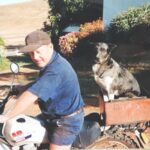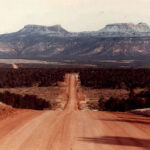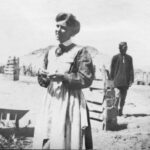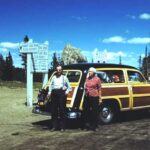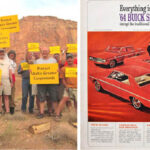
I had stumbled upon a website called “The Wilderness Mentoring Conference of 1998.” The gathering had been assembled by a group of self-named “mentors,” professional environmentalists active at the time in organizations that reached from Washington DC to Alaska. This relative handful of New Environmentalists were frustrated by the movement’s lack of progress in pushing and passing wilderness legislation across the country.
A prominently displayed quote by Michael Carroll, later of The Wilderness Society, established the tone and direction of all that would come later:
“Car companies and makers of sports drinks use wilderness to sell their products. We have to market wilderness as a product people want to have.”

